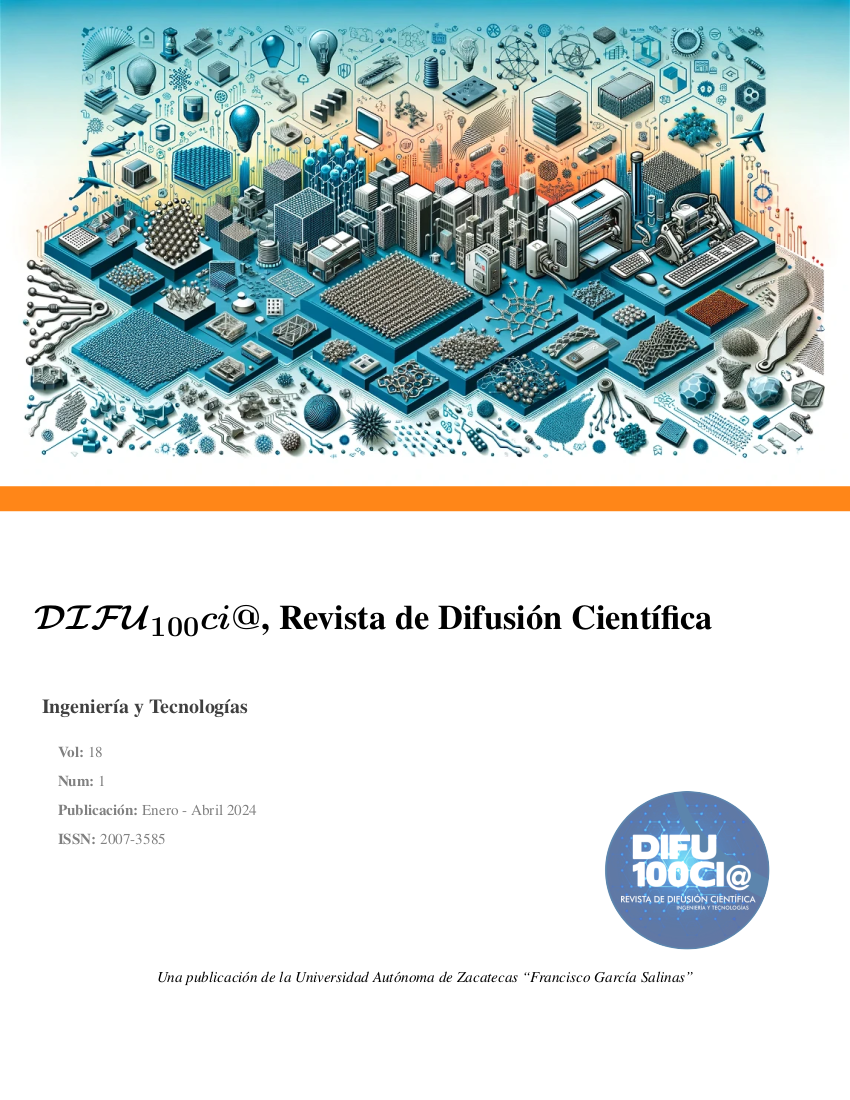Performance of natural lighting through lattices generated by origami and kirigami principles
Main Article Content
Abstract
The use of lighting in living spaces represents a factor in the energy consumption of buildings. Lighting regulation can be obtained by active means, such as thermochromic techniques in windows or the automation of window shading elements. Lattices have been used to regulate the amount of light in a space. In the present work, three types of geometries are analyzed based on the principles of origami (folding paper) and kirigami (cutting and folding paper), compared with a kagome-type structure (hexagonal structure). The analysis of the geometries of the lattice starts from the hexagonal arrangement to an octagonal, pentagonal, and rhomboidal arrangement, taking the elements above. Lighting analysis was performed using Revit and open-access tools. The lightning results in luxes were obtained for a hexagonal geometry, for two different times of day in order to compare the illumination of the different configurations of the lattice.

